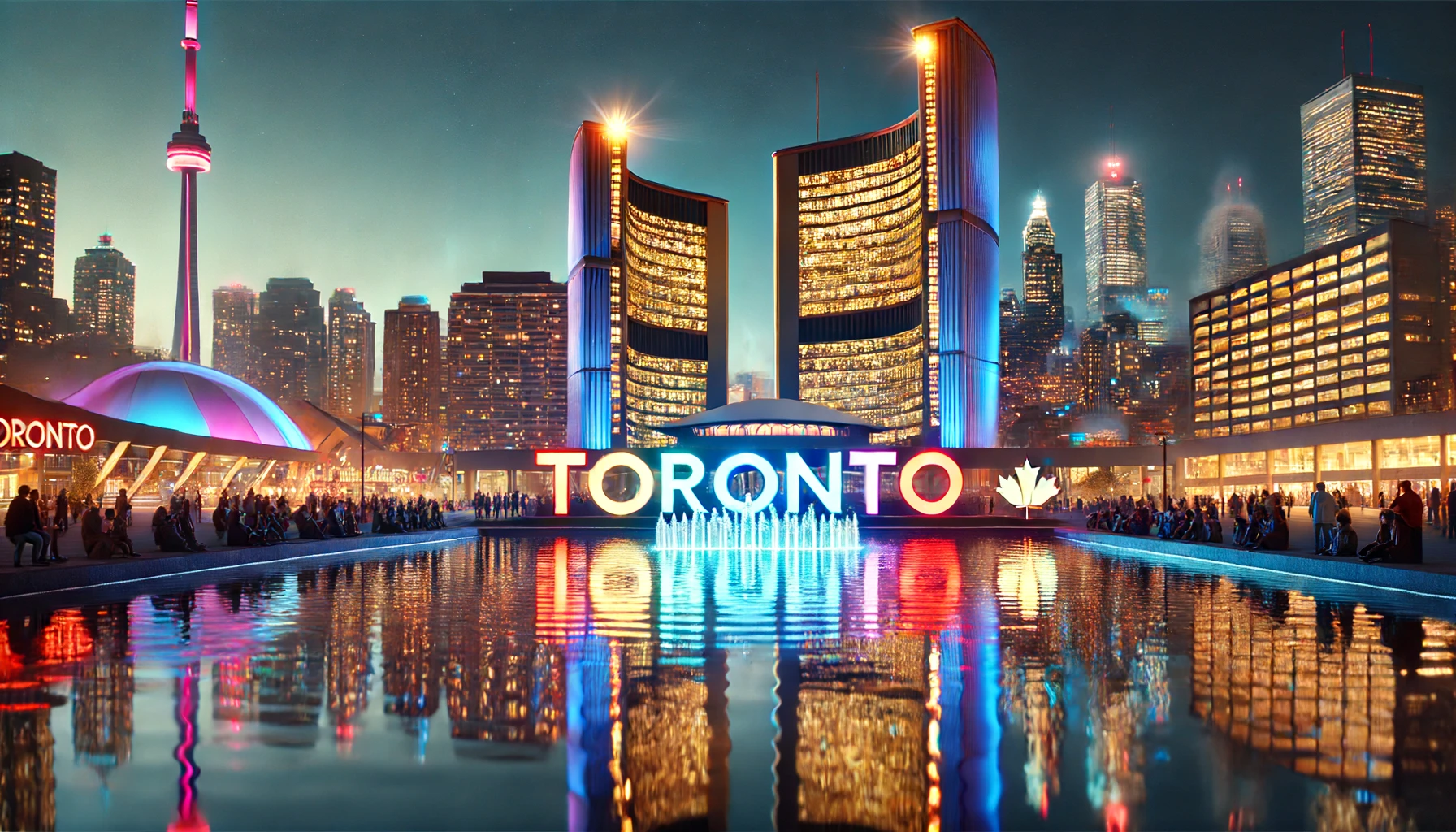Check out this answer from Consensus:
Toronto stands out as one of the largest and fastest-growing metropolitan areas in North America. Its population and urban expansion have positioned it as a major economic and cultural hub, surpassing other Canadian cities like Montreal and Vancouver. The city’s unique urban form and multicultural population further distinguish it from other North American cities, contributing to its economic vitality and sustainability.
Toronto, the largest city in Canada, is a significant metropolitan area in North America. It has experienced rapid growth and urban expansion, making it a vital economic and cultural hub. This synthesis compares Toronto’s size and population with other major cities in North America, drawing insights from various research papers.
Key Insights
- Population and Size:
- Toronto’s Greater Toronto Area (GTA) has a population of about 5.5 million to 8 million residents, making it one of the largest metropolitan areas in North America1 2 3.
- The city itself has a population of approximately 2.4 million, with the amalgamated city covering a land area of 622 square kilometers6 9.
- Growth and Urban Expansion:
- Toronto has experienced significant urban expansion over the past 40 years, with a growth of 1115 km², mainly in radiated and ribbon expansion modes4.
- The region’s growth profile resembles that of postwar boomtowns in the American New South and Southwest, rather than the struggling Great Lakes cities1.
- Economic and Cultural Significance:
- Comparison with Other Canadian Cities:
- Toronto is the largest city in Canada, followed by Montreal and Vancouver. Vancouver, for instance, has a population of 2.46 million in its metropolitan area, making it the third largest in Canada5.
- Urban Form and Sustainability:
